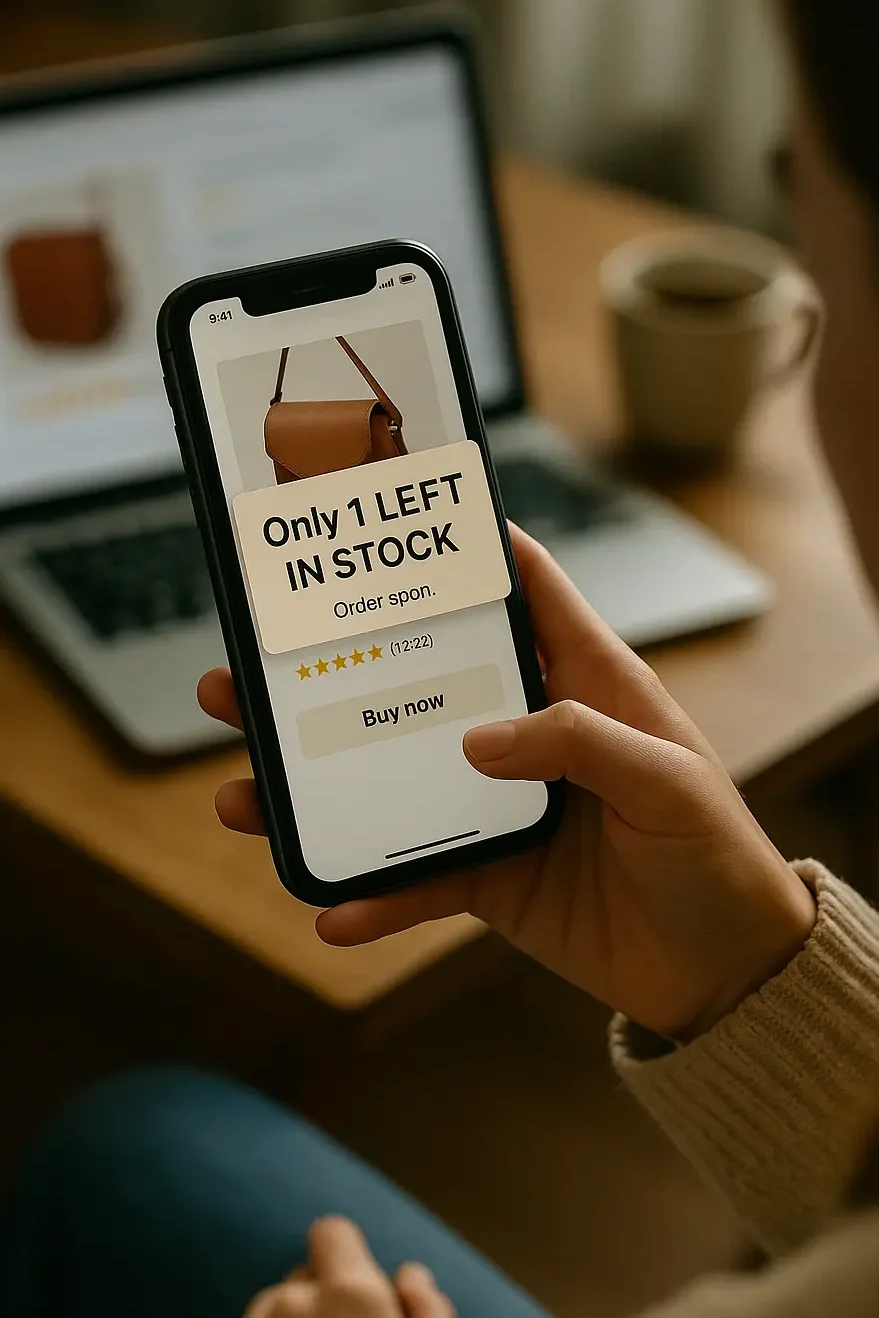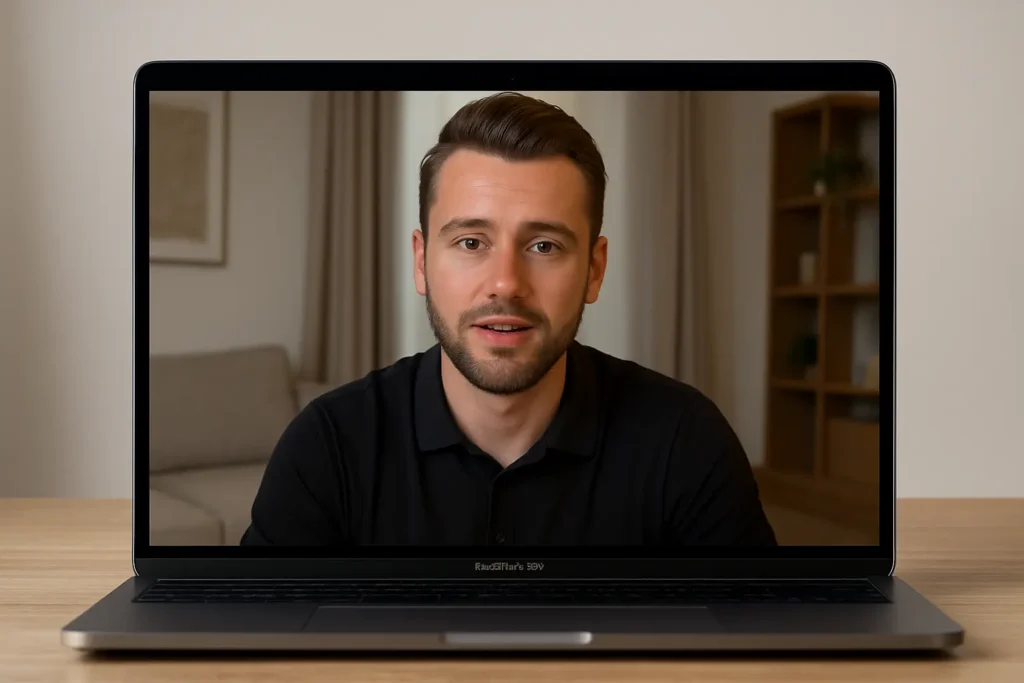The Real Reason People Buy
Let’s be honest. People don’t buy products. They buy feelings, they buy solutions, they buy dreams. If you’re wondering why your customers aren’t buying from you, chances are you’re talking to their brains rather than their hearts.
At Aella Creative Force, we’ve worked with hundreds of businesses to realize one simple truth: buying decisions are emotional, not logical. We have seen companies double their sales just by changing how they spoke to customers. We’ve seen brands fail because they focused on features, and their competition focused on feelings. Again, the secret isn’t in having the best product; it’s understanding what happens in your customer’s mind when they choose to buy from you.
The Big Shift: Logic Doesn’t Sell, Emotions Do
Here’s what shifted everything: studies prove that 95% of purchasing decisions are made in the emotional part of our brain. People make decisions with their heart, and their brain comes along to defend it after.
Think about it.
Would you rather convince somebody who is already excited about your product? Or, somebody with a calculator breaking down every tiny detail? The excited person is going to buy. The analyzer is going to continue thinking about it.
What’s Really Going on in Your Customer’s Mind
Fear is the biggest motivator of all behavior: Every purchase decision is triggered by fear of some kind. Fear of missing out, fear of not making the best choice, fear of having to deal with their current problem forever. What most businesses get wrong is that they try to scare people into buying instead of making them feel safe about buying.
What we are talking about:
- Fear of losing money on something that doesn’t work
- Fear of looking dumb in front of their boss or family
- Fear of missing out on the better life/solution
- Fear of being stuck in their old frustrating situation
People buy to feel better about themselves: Every purchase is all about identity. Your customers are not just buying your product, they are buying into the identity of who they want to be (or believe they might become).
Social pressure is real: No one wants to really admit this, but we all care about what other people think about our decisions. If everyone is doing something, it’s a natural human tendency to want to do it, too. If no one is doing it, we naturally get nervous.

Reality of Every Purchase Psychology
Step 1: The emotional trigger hits
Something happens that makes your customer realize they have a problem or want something different. This could be frustration with their current situation, seeing what someone else has and developing a burning desire to have what they have, or simply recognizing they deserve better.
What triggers people to buy:
- Frustration with their current situation
- Seeing other friends or co-workers with a better solution
- Feeling left out, feeling bad, feeling like they are missing out
- Having a deadline coming up for an event or trip
Step 2: Start looking for a solution
Now that they know they want something, they start to research. The key is, they are typically not looking for the best product. They are looking for the product, that has the option, in which they can say is the one that makes them feel most confident in their decision.
Step 3: The emotions vs logic battle
This is where the majority of sales are lost, or won. The heart wants one thing, the head starts kicking in with questions. Price, features, reviews, guarantees, the logical side of the brain only focuses on the logic. Your job is to ensure that both your customers brain, and heart are happy.

How People Actually Decide to Buy Things
TikTok/Instagram: The emotion starter
Most buyer journeys start on social media. People see something that evokes, “I want this,” or “I need this,” and then it becomes their desire. TikTok/Instagram (the emotional desire) is where the want gets established.
Google: The research phase
Once people are interested, they go to Google and start to research. They’re trying to find user reviews, comparisons, and justifications to feel good about wanting this.
Website: The decision point
Your website is where the decision is made. If people landed on your website, it means they’re somewhat interested. You just need to give them confidence to buy from you.
What Motivates People to Purchase Right Now
Real stories from real people: People are more likely to trust other people than they will trust companies. Customer stories, reviews, and testimonials work because they show that real people, just like your customers, got real results.
Examples that work:
- “Sarah from The Woodlands, Texas said this changed her life.”
- Before and after photos with real names.
- Video testimonials where people sound and look genuine.
- Personal specific details about how your offer helped someone.
Making it feel easy and safe: Buying becomes easy, people buy. Buying feels safe, they don’t worry about the consequences of making the wrong choice.
Creating urgency without being pushy: People procrastinate. In other words, if there’s no reason to buy now, they will probably think about it later and forget. As much as we want to create urgency, remember, fake urgency can backfire. Urgency must be real.
The Emotional Triggers That Actually Work
Fear of missing out (FOMO): This is effective because our brains are wired to want inclusion. But it must be real, limited amounts, limited time, exclusive access.
Smart ways to use FOMO:
- Show how many people purchased in the last 24 hours.
- Provide low stock updates.
- Create exclusive offers for email subscribers.
- Share stories of other people acting urgently.
Real social proof: People look to others to determine what’s normal and what’s good. Fake reviews and testimonials are obvious, which hurts sales.
Ways to create real social proof:
- Ask customers to share photos using your products.
- Show real customer reviews, even the not perfect ones.
- Show how many customers you have or helped.
- Share user-generated content on social.

Some Final Thoughts
Understanding buying psychology isn’t about manipulating people, it’s about connecting and communicating in a human way. When you know what truly drives people, you can effectively tell a story about your product that’s manageable and meaningful to them. People buy because they are excited about an opportunity when they are confident in their choice and when they feel safe about their decision. It’s your responsibility to provide those feelings through helpful and honest communication.
Aella Creative Force helps businesses understand the psychology of their customers in order to facilitate better communication and sell in a way that feels more natural to the customer. Because the best sales processes are the ones where the customer feels understood, not manipulated.
Join Our Free Sales Webinar (before it’s €30)
This September, we are hosting a live webinar to explore exactly what is working in sales right now, and what to say, when to say it, and how to close deals in 2025.
Currently, it’s free to sign up for the waiting list, but when registration opens in August, spots will cost €30.
Save your spot for FREE here!
Time for a Summer Break!
Before we wrap up, we wanted to let you know that the team at Aella Creative Force is taking some well-deserved time off to relax and enjoy the summer sun. We’ll be back in September, recharged and ready to help you understand your customers even better. Don’t forget to join our sales webinar in September.
We wish you happy summer holidays! Take time to rest, recharge, and maybe observe some buying psychology in action while you’re out enjoying the sunshine.
See you in September!











4 Responses
I was recommended this website by my cousin I am not sure whether this post is written by him as nobody else know such detailed about my trouble You are amazing Thanks
I just like the helpful information you provide in your articles
I do not even know how I ended up here but I thought this post was great I dont know who you are but definitely youre going to a famous blogger if you arent already Cheers
Just wish to say your article is as surprising The clearness in your post is just cool and i could assume youre an expert on this subject Fine with your permission allow me to grab your RSS feed to keep updated with forthcoming post Thanks a million and please keep up the enjoyable work